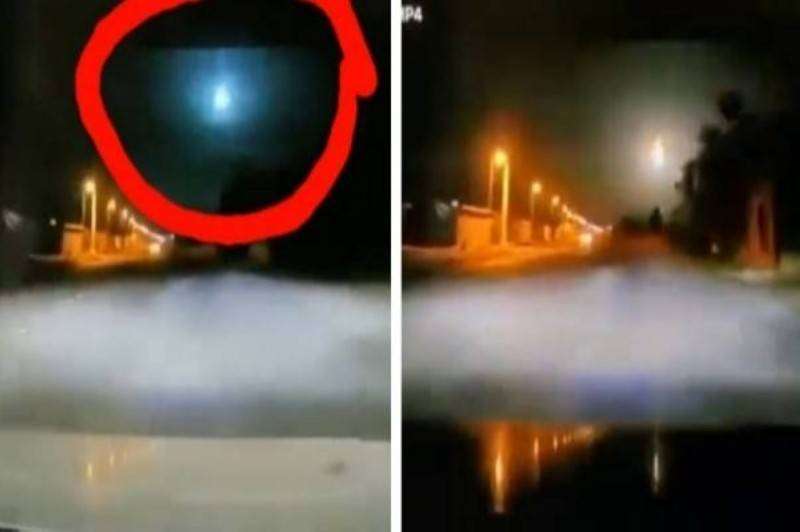A video clip documented the moment a meteorite fell hit the ground in Dawadmi Governorate (northwest of Riyadh), and its parts were scattered all over the place.
Meteorologist Abdulaziz Al-Hussein said in a tweet on his account: “A strong light of a meteor or meteor appeared in the Najd direction, and it was said that the people felt a tremor and heard the sound of its fall, according to the tweeters there, reports Al-Rai daily.
A meteor is a visible beam of light that forms when a meteor penetrates the Earth’s atmosphere, and a fireball that is larger than a meteor or explosive meteor, which can mean a projectile or glow, and we do not know the exact nature of the influencing body, generally what has been mentioned falls under the name of a meteor unless the opposite has been proven, as this phenomenon is natural and occurs constantly.
The head of the Astronomical Society in Jeddah, Eng. Majed Abu Zahra, confirmed that this bright meteor, which is also called (the fireball), is larger than the normal meteor, and it has gained a lot of attention on social media platforms, where many confirmed seeing it in a very bright blue color. It lit up the earth’s surface and was accompanied by a loud sound, which means that it descended very deeply into the atmosphere.
As for the blue and white color, the dominant composition of the meteorite can play an important role in the observed colors of the fireball with some elements that give distinctive colors when they evaporate, for example sodium produces a bright yellow color, nickel appears green, and magnesium appears blue and white, which is what was seen, but It could also be a result of atmospheric conditions, or even a camera result, but the lack of multiple angle recordings of the shooting star makes this explanation less likely.
Abu Zahra added that meteor showers are usually the size of a pebble or a grain of rice that burns at the top of the atmosphere long before they approach the Earth’s surface, but from time to time a much larger body known as a fireball penetrates the atmosphere deeply.
He pointed out that meteors enter the Earth’s outer atmosphere and move from a speed of 40,000 to 257,000 kilometers per hour, and slow down quickly because they face friction from air clouds, and this friction generates huge amounts of heat, which causes the meteorite to evaporate or burn and glow.

